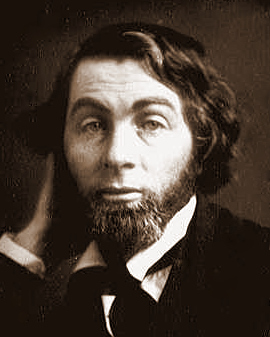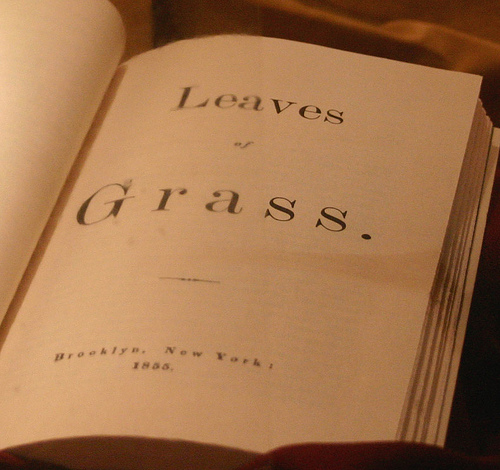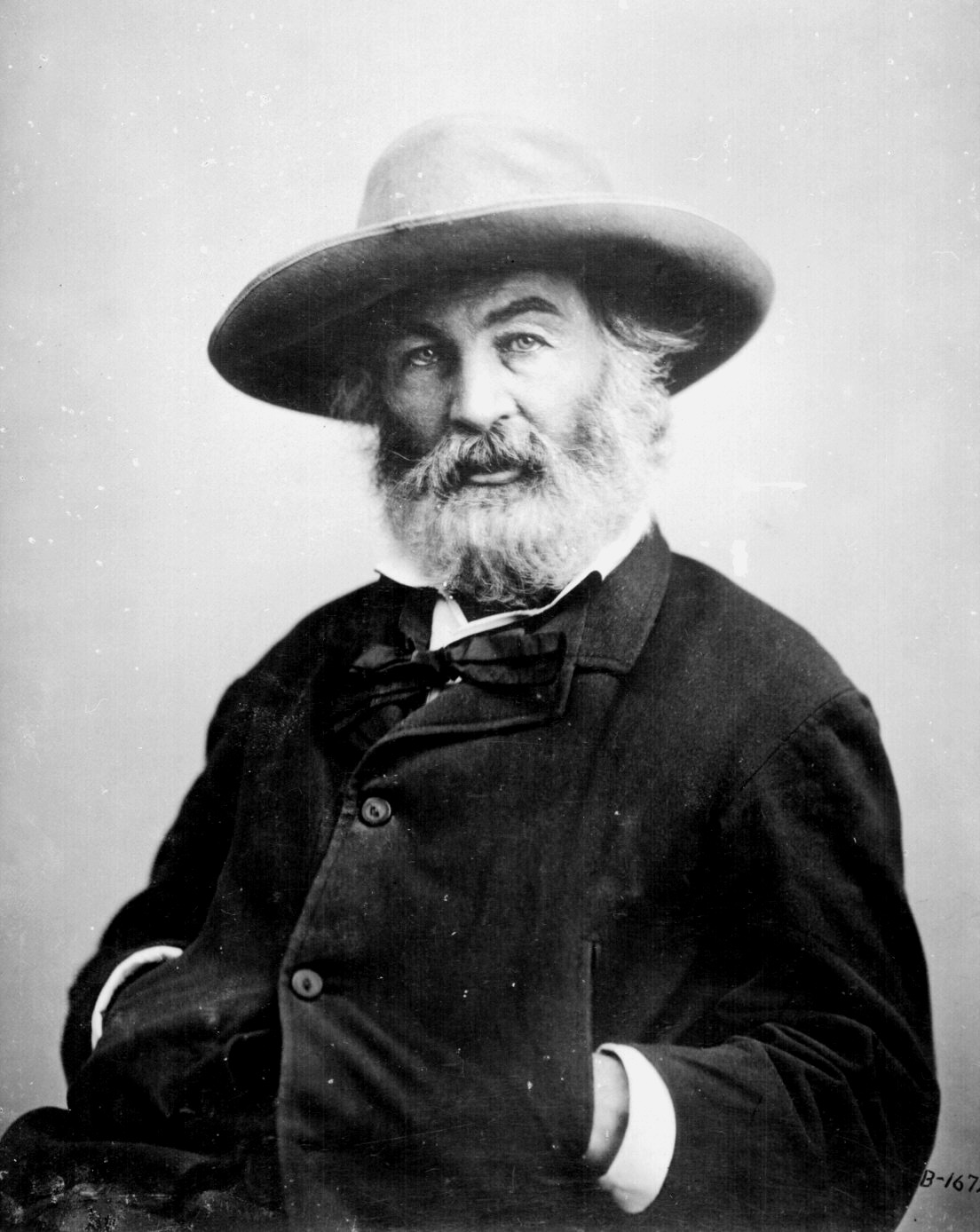by Heather Love, University of Pennsylvania
~
In one of the opening moments of Disidentifications: Queers of Color and the Performance of Politics, José Esteban Muñoz describes a scene from a performance by Marga Gomez in which she recalls her childhood fascination with some “lady homosexuals” she saw on TV.1 Exploring the apparent paradox of Gomez’s identification with these “‘very depressed, very gloomy’” women (cited in Muñoz, 3), Muñoz writes, “Gomez luxuriates in the seemingly homophobic image of the truck-driving closeted diesel dykes,” describing how she transforms these damaging images into “powerful and seductive sites of self-creation” (4). For many of us “lady homosexuals,” Muñoz’s deep appreciation for the folkways of lesbians—and his willingness to take the bad with the good— was a source of delight. In this passage, Muñoz wasn’t only defining the concept of disidentification or introducing me to a style of performance; he was also showing me a way of being in the world, and a world I wanted to be in.
Disidentification is a complex concept for Muñoz, routed through divergent traditions in performance studies, ethnic studies, psychoanalysis, black studies, queer theory, Marxist social thought, and, as always, through the “ground-level” (110) theorizing and politics of the artists whose work he discusses. It is, in Muñoz’s words, “a hermeneutic, a process of production, and a mode of performance” (25). Rather than try to address disidentification in its fullness, I will focus on what has been most influential for me in the concept, namely, Muñoz’s claim that the damaging elements of subject-formation in a culture of violent normativity cannot ever be fully overcome; rather than triumphing over such elements, minority subjects continually rework them in their projects of self-making and world-making. He writes, “To disidentify is to read oneself and one’s own life narrative in a moment, object, or subject that is not culturally coded to ‘connect’ with the disidentifying subject. It is not to pick and choose what one takes out of an identification. It is not to willfully evacuate the politically dubious or shameful components within an identificatory locus. Rather, it is the reworking of those energies that do not elide the ‘harmful’ or contradictory components of any identity” (12).
My work in Feeling Backward, deeply indebted to Disidentifications, focused on these “harmful or contradictory” components of identity. My more recent work has focused on Erving Goffman’s work on social stigma, in particular on the strategies for the “management of spoiled identity” that he discusses and that Muñoz cites in relation to the stigmatized Latina identity of the chusma.2 This approach acknowledges how the structures of ethnicity, class, sexuality, gender, and nation are worked into our identities, such that, as Muñoz writes, “our prescribed ‘public’ scripts of identification and our private and motivating desires, are not exactly indistinguishable but blurred” (15). Given these conditions, our politics and our survival depend on our ability to manage, reckon with, and remake the damage of a world that was not made for us.
Politics and survival—of the two, survival is the more contested term, since it tends to imply accommodation to the normative world rather than transformation of it. Although Muñoz defines disidentification early on in the book as “descriptive of the survival strategies the minority subject practices in order to negotiate a phobic majoritarian public sphere” (4), by the book’s final chapter on “Latina Performance and Queer Worldmaking,” he asserts that the book is about the vision of “performers, cultural workers, and activists who are not content merely to survive” (200). As a performative text, Disidentifications follows the trajectory that it describes, moving from an account of a damaged world to the laying out “a utopian blueprint for a possible future” (200).
I was never fully able to respond to Muñoz in his call to follow the example of these artists and “risk utopianism” (25), a call since amplified and extended in Cruising Utopia. Instead I have lingered in my attachments to the smoky, mysterious world that Gomez conjures in her account of seeing those ladies in the life (“‘short for the hard and painful life’” [cited in Muñoz, 33]) on TV. My doubts about utopia are grounded in the fact that I don’t think it gives enough credit to survival. In the damaged worlds that Muñoz describes, survival should be understood as an achievement and not necessarily an accommodation—and it can’t be taken for granted. Muñoz could be critical of this kind of depressive realism, and recently I have struggled with my inability or refusal to venture the kind of fantastic investments and risks that he wrote about and that he modeled for us, his readers. In a world palpably diminished by his loss, disidentification persists as a name for everyday practices of survival and transformation.
_____
Visit the full José Esteban Muñoz gallery here.
_____
Notes
1. José Esteban Muñoz, Disidentifications: Queers of Color and the Performance of Politics (Minneapolis: University of Minnesota Press, 1999), 3.
Back to essay
2. For Muñoz’s discussion of “spoiled identity” in relation to chusmería, see 185. Also see Erving Goffman, Stigma: Or the Management of Spoiled Identity (Englewood, NJ: Prentice Hall, 1963).
Back to essay













